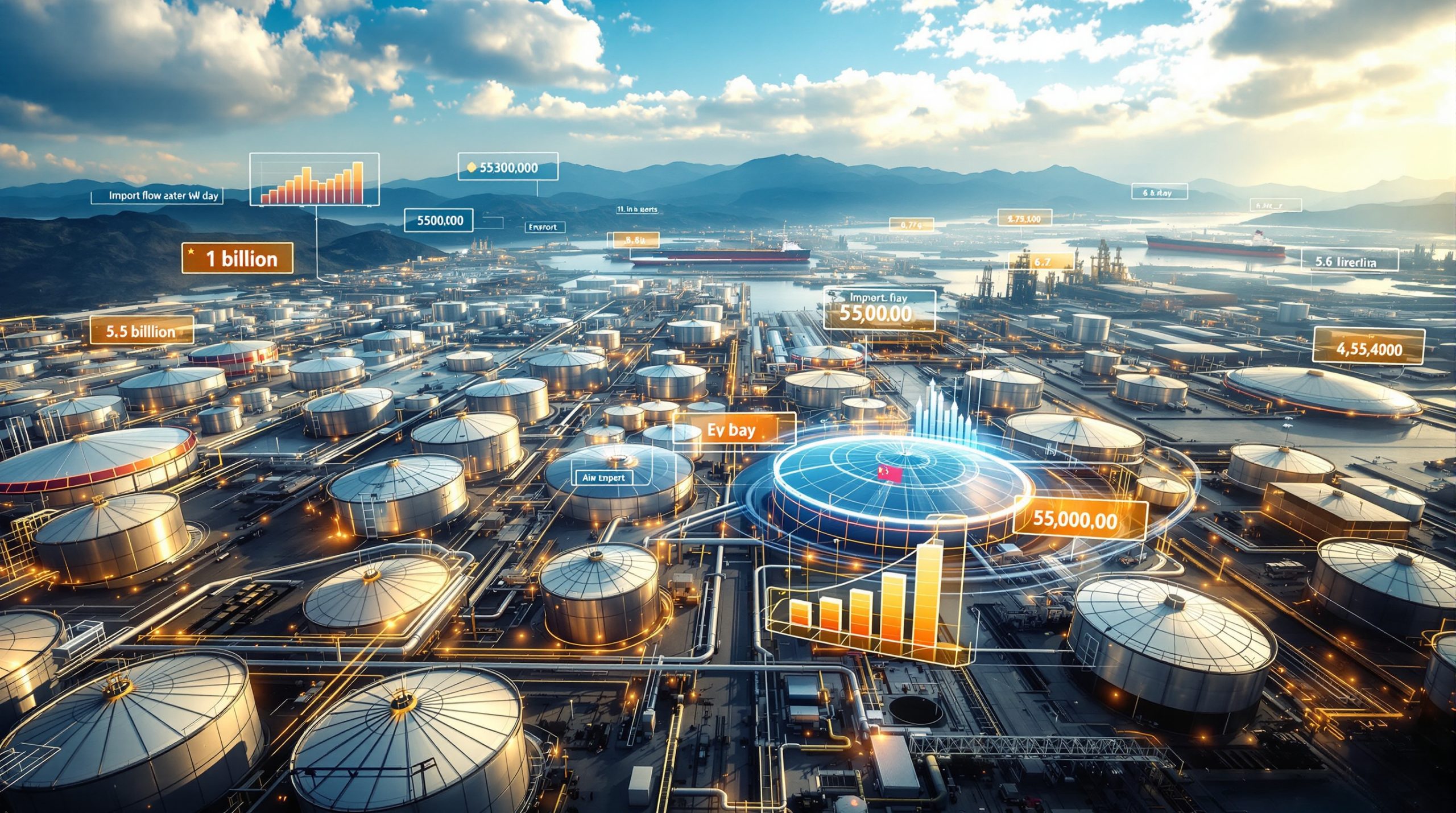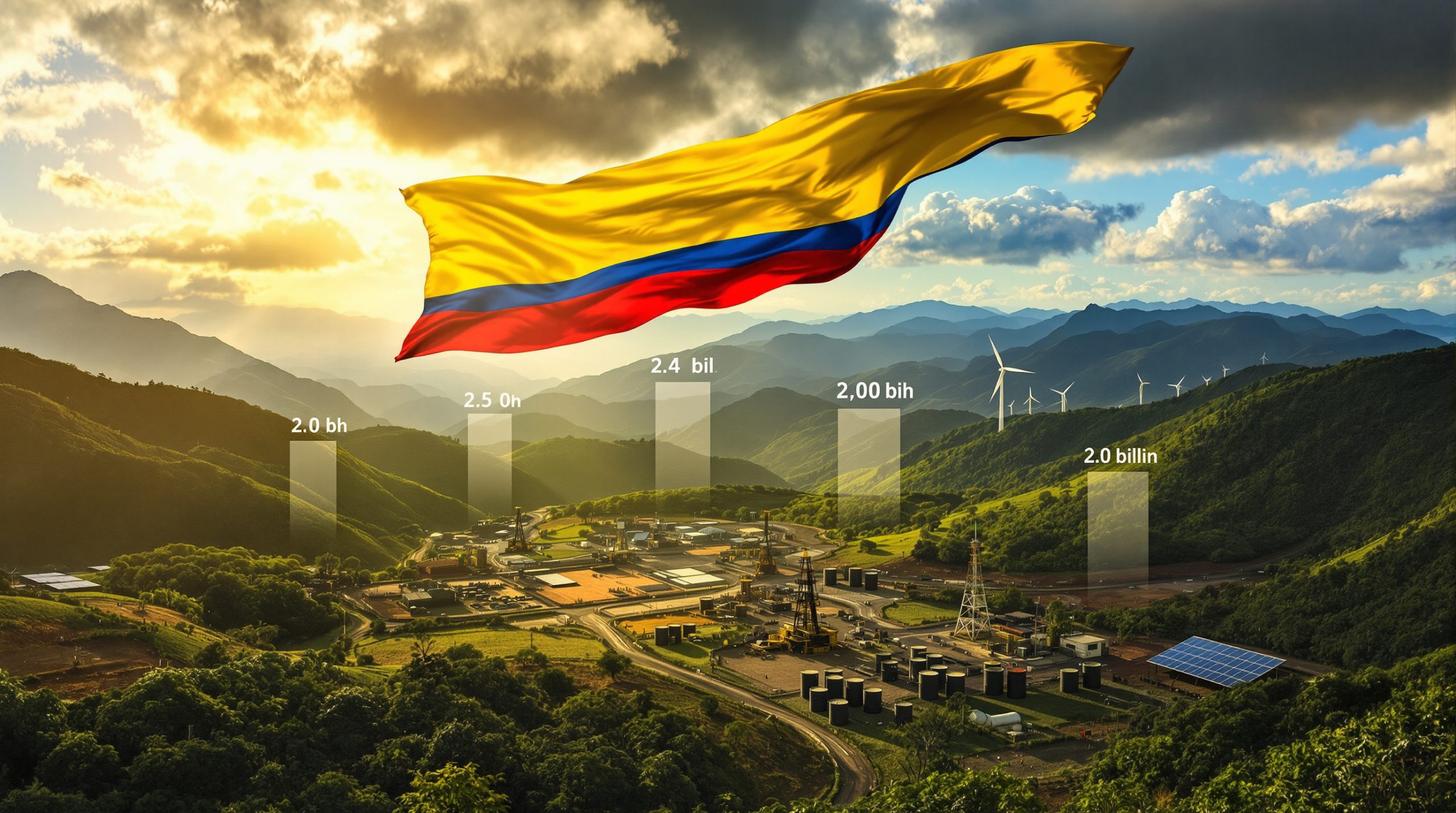The gold financial reset has become a focal point for investors worldwide as central banks continue their unprecedented monetary policies and global economic uncertainties mount. Furthermore, understanding how major lithium operations position themselves during these turbulent times provides valuable insights into commodity market dynamics. The world's leading lithium mines demonstrate strategic advantages that enable them to navigate volatile market cycles, similar to how precious metals serve as hedges during financial instability.
Market analysts emphasise that commodity sectors often move together, creating what industry experts describe as a peloton effect where winners and losers emerge on short-term cycles. This interconnectedness becomes particularly relevant when evaluating lithium operations, as they compete not only within their sector but for capital allocation across the broader mining complex.
Key Performance Indicators for Elite Operations:
• Annual lithium carbonate equivalent (LCE) production capacity exceeding 40,000 tonnes
• Proven reserves supporting 20+ year mine life projections
• Cash costs positioned in the bottom quartile globally
• Strategic infrastructure access reducing logistics expenses
• Operational uptime consistently above 85%
Global Production Distribution Analysis
| Region | Market Share | Major Operations | Strategic Advantages |
|---|---|---|---|
| Australia | 52% | 6 facilities | Political stability, infrastructure |
| Chile | 22% | 4 operations | High-grade brines, established processes |
| China | 13% | 8 facilities | Integrated supply chains, domestic demand |
| Argentina | 6% | 3 operations | Lithium triangle geology, expanding capacity |
| Other | 7% | Various | Emerging projects, diversification potential |
"The lithium sector demonstrates similar psychological patterns to precious metals markets, with investor sentiment shifting rapidly between fear of missing out and concern about overvaluation."
Mount Marion Lithium Operation: Australia's Consistent Producer
Located in Western Australia's established mining corridor, Mount Marion demonstrates how mid-tier operations achieve reliability through operational excellence rather than massive scale. The facility processes approximately 400,000 tonnes of spodumene concentrate annually, equivalent to 40,000 tonnes LCE.
The operation benefits from australia lithium innovations that have enhanced mining infrastructure advantages, including skilled workforce availability and established export logistics through Port of Esperance. Joint venture partnerships with Asian lithium processors have created integrated supply chain models that reduce market volatility exposure.
Technical Specifications:
• Processing method: Dense media separation with flotation circuits
• Reserve life: 23 years at current extraction rates
• Average grade: 1.4% lithium oxide content
• Annual processing capacity: 2.4 million tonnes ore
Strategic partnerships demonstrate how smaller operations can compete effectively by securing long-term offtake agreements. This reduces dependence on volatile spot markets that often create the type of price swings seen across commodity sectors, particularly during periods of global monetary reset concerns.
Cauchari-Olaroz: Argentina's High-Altitude Innovation
Situated at 4,000 meters elevation in Argentina's lithium triangle, Cauchari-Olaroz represents advanced brine extraction technology implementation. The project targets 40,000 tonnes LCE annually from brines averaging 580-620 mg/L lithium concentration.
High-altitude operations face unique challenges requiring specialised equipment and weather management systems. However, access to some of the world's highest-grade lithium brines justifies these operational complexities. Additionally, argentina lithium insights reveal that the facility incorporates direct lithium extraction (DLE) technology, reducing water consumption by 50% compared to traditional evaporation methods.
Operational Advantages:
• Proximity to renewable energy sources reducing carbon footprint
• Access to established infrastructure in Jujuy Province
• Favourable regulatory environment supporting mining investment
• Advanced processing technology minimising environmental impact
The project exemplifies how technological innovation can overcome geographical challenges. Similarly, market participants must adapt strategies to navigate volatile commodity cycles, especially as discussions around the gold financial reset intensify.
Pilgangoora: Scalable Spodumene Production
Pilbara Minerals' Pilgangoora operation demonstrates the scalability potential of Australian hard-rock lithium mining. Current annual capacity reaches 580,000 tonnes spodumene concentrate, with expansion programmes targeting 1 million tonnes annually.
The facility's modular processing approach allows incremental capacity increases aligned with market demand. This avoids the boom-bust cycles that characterise many mining operations. Located within the established Pilbara mining region, Pilgangoora benefits from existing infrastructure and workforce availability.
Production Metrics:
• Current LCE equivalent: 58,000 tonnes annually
• Resource base: 156 million tonnes at 1.25% lithium oxide
• Processing technology: Automated sorting with dry processing techniques
• Integration: On-site renewable energy systems reducing operational costs
Sal de Vida: Premium Brine Quality
Galaxy Resources' Sal de Vida project represents exceptional brine quality within Argentina's Catamarca Province. The operation targets 25,000 tonnes LCE in Phase 1, with naturally high lithium concentrations of 1,100 mg/L average content.
Low impurity levels, particularly minimal magnesium and sulfate content, reduce processing requirements and operational costs. The 40+ year reserve life provides long-term production stability, while strategic positioning enables access to existing infrastructure.
Construction progress targets first production in late 2025. This timeline reflects the careful development approach necessary in volatile commodity markets where timing can significantly impact project returns, particularly as economic uncertainty and the potential gold financial reset influence capital allocation decisions.
Wodgina: Large-Scale Integration
Mineral Resources' Wodgina facility stands as one of Australia's largest hard-rock lithium complexes. It features integrated mining and processing capabilities with annual production capacity reaching 750,000 tonnes spodumene concentrate, equivalent to approximately 75,000 tonnes LCE.
The operation serves as a testing ground for next-generation lithium processing technologies. These include autonomous haul truck deployment and real-time ore grade monitoring systems. Furthermore, battery-grade lithium refinery developments are influencing technological advancements across the industry.
Advanced Technologies:
• Autonomous fleet management reducing labour costs
• Integrated mine planning optimisation systems
• Real-time quality control monitoring
• Advanced ore sorting technology maximising recovery rates
Salar de Olaroz: Mature Brine Operations
Orocobre's Salar de Olaroz demonstrates the reliability achievable through mature brine operations in high-altitude environments. Current annual capacity of 42,500 tonnes LCE achieves 95%+ operational uptime, positioning the facility in the lower quartile of the global cost curve.
Over a decade of operational experience has resulted in optimised processes and strong community relationships. Expansion programmes target an additional 25,000 tonnes capacity, demonstrating how brownfield developments can achieve rapid capacity increases.
Sustainability Initiatives:
• Water recycling achieving 95% reuse rates
• Solar energy integration reducing carbon emissions
• Community development programmes supporting local employment
• Environmental monitoring systems ensuring regulatory compliance
Salar del Hombre Muerto: Operational Excellence
Livent Corporation's flagship operation represents over 25 years of continuous lithium production experience. Current capacity of 18,000 tonnes LCE targets expansion to 40,000 tonnes by 2027, with resource life exceeding 100 years at expanded production rates.
The facility's proprietary direct extraction technology establishes industry benchmarks for lithium carbonate quality and consistency. Long-term customer relationships with major battery producers provide revenue stability during volatile market conditions, similar to how precious metals investing provides stability during economic uncertainty.
Cumulative production exceeding 400,000 tonnes LCE since 1998 demonstrates the longevity potential of well-managed brine resources. This contrasts with the boom-bust cycles often seen in other commodity sectors, particularly as markets grapple with the implications of a potential gold financial reset.
How Do These Operations Compare Globally?
Australia's emerging hard-rock lithium sector includes multiple high-impact operations collectively representing significant production capacity. Core Lithium's Finniss project and similar spodumene operations demonstrate geographic and operational diversification benefits.
Combined Operational Metrics:
• Aggregate annual capacity: 200,000+ tonnes LCE equivalent
• Geographic distribution across Northern Territory and Western Australia
• Advanced spodumene concentration and conversion technologies
• Proximity to established mining infrastructure reducing development costs
These operations benefit from Australia's stable regulatory environment and established mining expertise. Integration of multiple smaller operations creates regional supply chain efficiencies while reducing individual project risks.
Salar de Atacama: World-Class Brine Production
SQM's Salar de Atacama operation stands as the world's most productive lithium brine facility. It leverages exceptional natural conditions with annual production capacity reaching 180,000 tonnes LCE from brines averaging 2,700 mg/L lithium concentration.
The Atacama Desert's unique climatic conditions provide optimal evaporation rates with minimal rainfall interference. This enables year-round production at maximum efficiency. Processing efficiency exceeds 90% recovery rates, positioning the operation in the lowest cost quartile globally.
World-Class Performance Metrics:
• Extensive pond system covering 3,000+ hectares
• Advanced brine management systems optimising extraction
• Integrated quality control laboratories ensuring product consistency
• Continuous process optimisation programmes maintaining efficiency
Market position representing approximately 20% of global lithium supply creates significant influence over worldwide pricing dynamics. Long-term contracts with major battery manufacturers provide revenue stability while maintaining market leverage, even as global economic uncertainties and discussions of a gold financial reset continue.
Greenbushes: Global Production Leader
Talison Lithium's Greenbushes operation maintains its position as the world's largest lithium mine by production volume. Annual capacity reaches 1.34 million tonnes spodumene concentrate, equivalent to approximately 134,000 tonnes LCE annually.
Resource base of 201 million tonnes at 2.3% lithium oxide content supports 50+ year mine life at current production rates. Exceptional resource quality enables industry-leading cost positions and production reliability, processing over 8 million tonnes ore annually.
Infrastructure Excellence:
• Dedicated rail connection to Bunbury Port facilitating exports
• On-site power generation and water treatment facilities
• Advanced ore sorting and processing technologies
• Integrated chemical processing for lithium hydroxide production
Global supply chain impact provides approximately 15% of worldwide lithium demand. Joint venture partnerships with Albemarle and Tianqi Lithium create vertically integrated supply chains, reducing market volatility exposure. However, geopolitical tensions and concerns about a potential gold financial reset continue to influence strategic planning across the industry.
Expansion Programmes:
• CGP3 project adding 1 million tonnes annual capacity
• Battery-grade lithium hydroxide production capabilities
• Research and development focusing on processing efficiency
• Sustainability initiatives targeting carbon neutrality by 2030
What Challenges Do These Operations Face?
The world's premier lithium operations collectively represent over 60% of global production capacity, creating both opportunities and concentration risks. Geographic distribution favouring Australia (50%) and South America (35%) provides cost advantages while raising supply diversification concerns.
Market psychology plays a crucial role in commodity cycles, with investor sentiment shifting between euphoric buying and fearful selling. Consequently, the lithium market downturn has highlighted these psychological patterns. As one market strategist noted, people chase returns and create feeding frenzies when they feel everyone else is making money while they miss out.
Supply Chain Resilience Factors:
• Production technology mix: Hard-rock (55%), Brine (45%)
• Ownership structures balancing integration and independence
• Market access through direct sales and long-term contracts
• Geographic concentration creating efficiency but increasing risk
Investment Implications and Market Outlook
Industry analysts project global lithium demand increasing 300% between 2024 and 2030, driven by electric vehicle adoption and energy storage deployment. Top-tier operations are implementing expansion programmes totalling over 500,000 tonnes additional LCE capacity by 2028.
These premier operations represent the most stable segment of the global lithium industry. They have established infrastructure, proven reserves, and strong market positions providing competitive advantages during volatile conditions. In addition, comparisons with us thacker pass production demonstrate how geographic diversification efforts are progressing.
Market participants emphasise the importance of focusing on price action rather than getting caught up in fundamental stories. Commodity prices often move independently of underlying narratives, particularly during periods of financial uncertainty when discussions of a gold financial reset dominate investor sentiment.
Future Production Trends:
• Technological advancement reducing processing costs
• Sustainability initiatives becoming competitive requirements
• Supply chain integration providing stability advantages
• Market concentration creating both efficiency and risk factors
The lithium sector demonstrates similar cyclical patterns to other commodities, with periods of intense investor interest followed by corrections and consolidation. Understanding these cycles becomes crucial for both operational planning and investment decision-making.
"Premium lithium operations maintain competitive advantages through operational excellence, strategic positioning, and technological innovation, enabling them to navigate volatile market cycles while meeting growing global demand."
Ready to Capitalise on the Next Major Mineral Discovery?
Discovery Alert instantly alerts investors to significant ASX mineral discoveries using its proprietary Discovery IQ model, turning complex mineral data into actionable insights. Understand why historic discoveries can generate substantial returns by visiting Discovery Alert's dedicated discoveries page, showcasing exceptional market outcomes.




